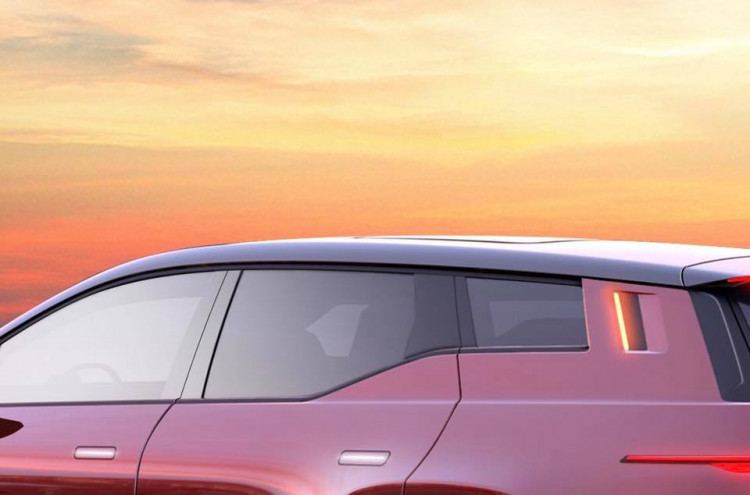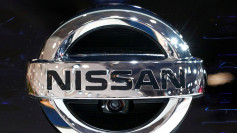Fisker has launched a new development on its goal to get a share on the rising electric vehicle market, which will be an electric SUV. The company's founder, Henrick Fisker, recently posted some photos of its Fisker electric SUV that will be on the market by the end of 2021 and will compete mainly against Tesla Model Y.
The Fisker electric SUV is said to be relatively affordable and powerful and will compete in the D segment such as the Jaguar I-Pace, the Audi Q4 e-tron, the BMW iX3, and the Mercedes-Benz EQC. The new model will be the first to be commercialized in this second stage of Fisker after the fiasco of the Karma and its bankruptcy at the beginning of the decade.
Henrik Fisker has been slowly uncovering the new electric crossover he has been developing for some time now, with sketches and information such as its price being released. In the last batch of images released by Fisker, we can see part of the rear and the C pillar of the SUV, which will have a very elaborate design. Thus, we can highlight the ascending line of the windows, the presence of a much smaller third glass, the handles of the integrated doors, the fine LED pilots and a curious vertical intermittent on the C pillar.
Now, Fisker has posted on his personal Facebook account, another batch of images of the Fisker electric SUV that will be manufactured in the United States.
The teaser photos show the front of the Fisker SUV, in which we could appreciate the presence of a large air intake in the bumper (something striking if we take into account that given its electrical nature the car will not need a grill), as well as the rectilinear appearance of its body, which contrasts with the more curvilinear EMotion. In general, it could have a design similar to that of the Rivian R1S, although in a smaller format.
At a technical level, we can expect that the model has two electric motors, housed on each of the axes so that it will have total traction. These will be powered by a battery pack whose capacity is estimated at 80 kWh in its entry version, so it should have a range of autonomy around 480 kilometers per charge. It is not disclosed yet on how long it can be charged to get 80% of power, but Fisker assured that it would be faster than the 80% charging of Tesla.
It will start at a price of $40,000, a very competitive figure if we take into account the autonomy and the size of the vehicle and is also close to the Tesla Model Y price.
At the moment, Fisker has not given too many details about the marketing plans and production of the model. Although it has been confirmed that the brand will follow a direct sales model similar to Tesla. Therefore, with the aim of saving costs, it is most likely that Fisker decides to opt for online sales, although there is the possibility that it will also open some physical stores for customers to be informed about the products of the firm.





